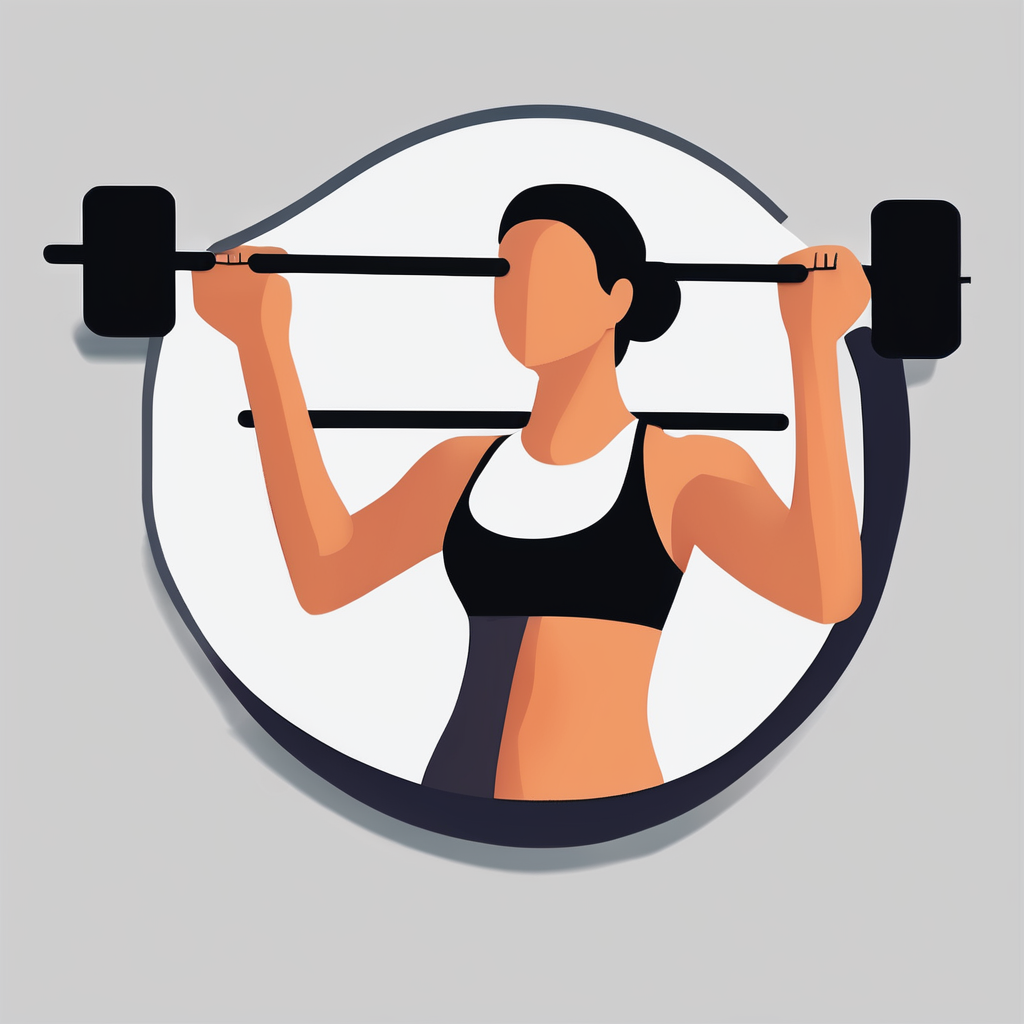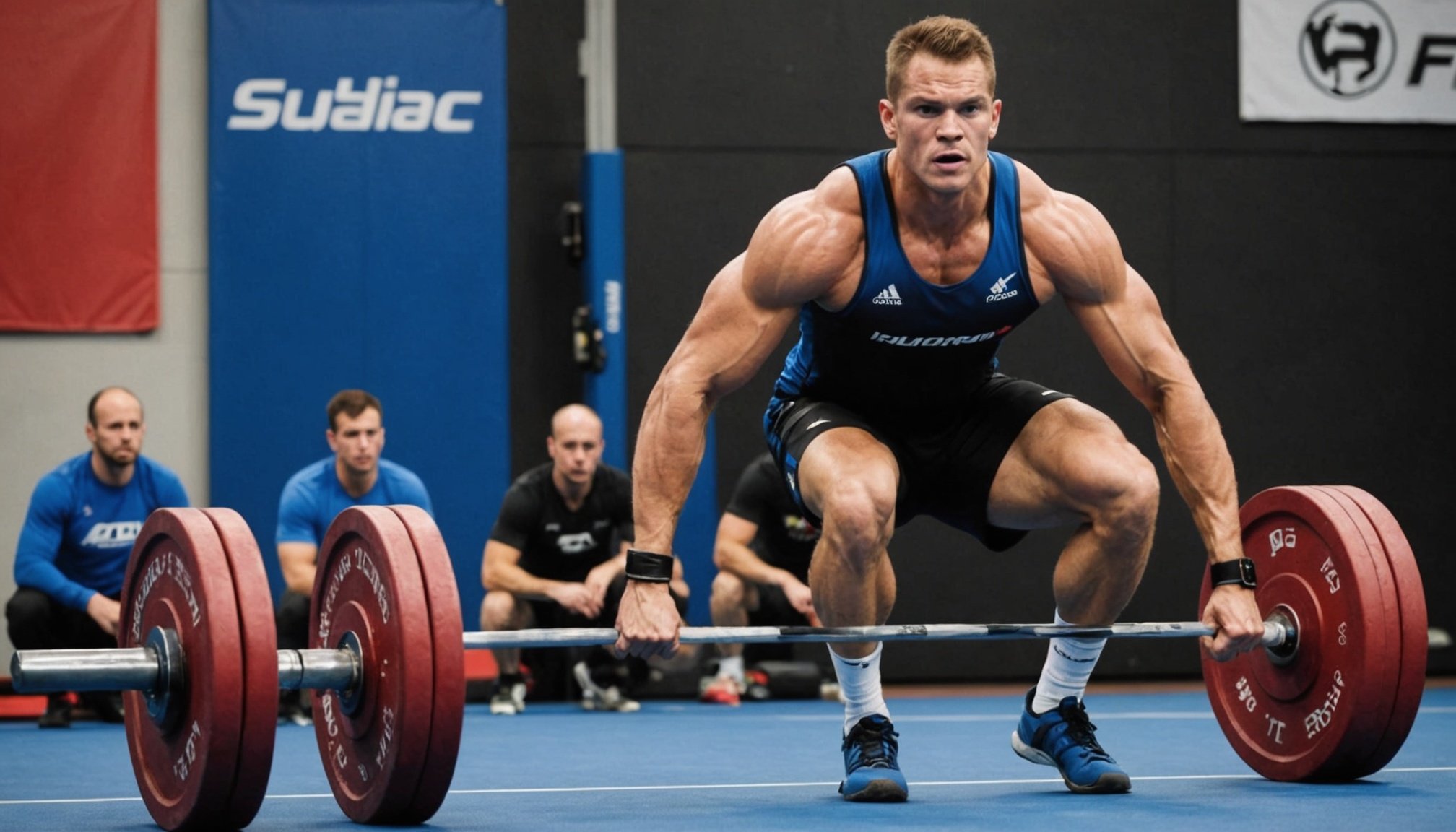When you think of strength training, lifting heavy weights and doing squats might be the first things that come into your mind. But have you ever heard about plyometrics? Also known as "jump training," plyometrics is a type of exercise that could significantly improve your power and body performance in fitness or sports. These training exercises involve explosive movements that can increase your strength drastically over time. It’s not just about gaining muscle, it’s also about gaining power and speed. With the right approach, you can experience exceptional results in your performance.
What are Plyometrics?
Before we dive into how to incorporate plyometrics in your routine, it’s essential to understand what these exercises are and how they can boost your strength. Plyometrics, or "plyo" for short, are exercises that involve rapid stretching and contracting of the muscle groups to increase muscle power. This can, in turn, boost your overall body strength and performance in various sports, including weightlifting.
Also to discover : What are the differences in muscle activation when using dumbbells vs kettlebells for bicep curls?
Plyometric exercises commonly include jumps and hops, like box jumps or plyo push-ups. The focus is on executing these movements as fast and powerfully as possible, with minimal time spent in the transition phase between the stretch and contraction. It’s a form of training that’s popular with athletes because of its ability to improve performance in sports that require high force and explosive movements.
Why Incorporate Plyometrics into Weightlifting?
You might be wondering, why should I add plyometric exercises to my weightlifting routine? The truth is, adding plyometric training to your routine can drastically improve your strength and power. Weightlifting alone focuses on slow, controlled movements, which mainly develop maximal strength. But to excel in sports, you also need explosive strength.
This might interest you : Can caffeine consumption prior to workouts significantly enhance muscle endurance?
Explosiveness, or power, is the product of strength and speed. Thus, by incorporating plyometrics, you can improve both these aspects. Plyometric exercises will help you execute your lifts with greater force and speed, thus increasing your overall performance.
Plyometrics also improve your body’s efficiency in generating force. By doing plyometric exercises, you’re training your muscles, tendons, and nerves to generate force quickly. This can translate into better performance in your lifts, where quick force generation is essential.
Practical Ways to Incorporate Plyometrics into Your Routine
Now that we’ve established the benefits of plyometrics, let’s look at how you can incorporate them into your routine.
Start with Basic Plyometric Exercises
For beginners, it’s best to start with basic plyometric exercises to build up your strength and adapt your body to this new form of training. Box jumps are a great starting point. Stand in front of a sturdy box or platform, squat down and explode up onto the box. Land softly and repeat.
Another beginner-friendly exercise is the plyo push-up. Start in a standard push-up position, lower your body, then push off explosively from your hands, so your upper body lifts off the ground. Land softly and repeat.
Use Plyometrics as a Warm-up
You can use plyometric exercises as a warm-up for your weightlifting sessions. This can activate your muscles and prepare your body for the upcoming workout. For instance, a few rounds of box jumps or plyo push-ups can get your heart rate up and muscles warmed up for weightlifting.
Combine Weightlifting with Plyometric Exercises
You can also mix weightlifting and plyometric exercises in the same workout. For example, after a set of squats, you can perform a set of box jumps. This can help you develop both maximal and explosive strength in the same workout session.
Safety Considerations for Plyometric Training
As with any form of workout, safety should always be a priority when performing plyometric exercises. These exercises can be intense and have a high impact on your joints and muscles. So, it’s crucial to ensure you’re performing them correctly to avoid injuries.
Warm-up and Cool-down
It’s essential to warm-up before starting with any plyometric exercises to prepare your muscles and prevent strains. After your workout, take some time to cool down and stretch your muscles to aid recovery.
Focus on Form
When performing plyometric exercises, focus on executing each move correctly, rather than on the number of repetitions or the speed of completion. Incorrect form can lead to injuries and won’t give you the full benefits of the exercise.
Progress Gradually
Don’t rush into high-intensity plyometric exercises if you’re just starting. Begin with lower-intensity exercises and gradually increase the intensity as your strength improves.
Remember, plyometrics can be a powerful tool to enhance your strength and overall body performance. Incorporating them into your weightlifting routine could bring significant improvements in your strength, power, and speed. But, as always, it’s crucial to listen to your body and progress at your own pace.
The Role of Lower Body Plyometrics in Weightlifting
The lower body houses some of the most powerful muscles in the human body and, as such, plays a crucial role in weightlifting. To increase your lower body strength and power output, plyometric exercises focused on the lower body are highly recommended.
Squat Jumps are an excellent example of a lower body plyometric exercise. This exercise involves squatting down and then jumping up as high as possible. This explosive movement increases power output and, over time, can significantly improve your squatting strength in weightlifting.
Another key lower body plyometric exercise is the Box Jump. This exercise requires you to jump onto a sturdy box or platform from a standing position and then jump back down. Box jumps are particularly effective at improving vertical jump performance, which is a key indicator of lower body power.
Depth Jumps are another noteworthy plyometric exercise to incorporate into your strength training routine. They involve stepping off a box, landing briefly and then immediately jumping vertically as high as possible. This exercise is complex and requires significant explosive strength, so it should be attempted only by those with a solid base of plyometric and weightlifting experience.
The Role of Upper Body Plyometrics in Weightlifting
While often overlooked, incorporating upper body plyometrics can significantly enhance your weightlifting performance. These exercises target the chest, arms, and shoulders, improving explosive strength and power output required for upper body weightlifting exercises.
Plyo Push-ups are a common upper body plyometric exercise. Similar to a regular push-up, a plyo push-up involves lowering your body to the ground before explosively pushing up so that your hands leave the ground. This helps to enhance your upper body strength, particularly in your chest, triceps, and deltoids.
Medicine ball throws also constitute effective plyometric exercises for the upper body. They work by developing power output in your arms and shoulders. A common medicine ball throw exercise involves standing with your feet shoulder-width apart, holding a medicine ball at chest level, and then throwing it as far as possible.
In conclusion, plyometric training is a highly effective way of improving explosive strength in weightlifters. By incorporating plyometric exercises like squat jumps, box jumps, depth jumps, plyo push-ups, and medicine ball throws, you can expect a considerable improvement in your weightlifting performance. Always remember to warm-up, focus on form, and progress gradually, as safety should always be a priority. Whether you’re a newcomer to weightlifting or a seasoned pro, plyometric training could be the key to unlocking your next level of strength and power.






